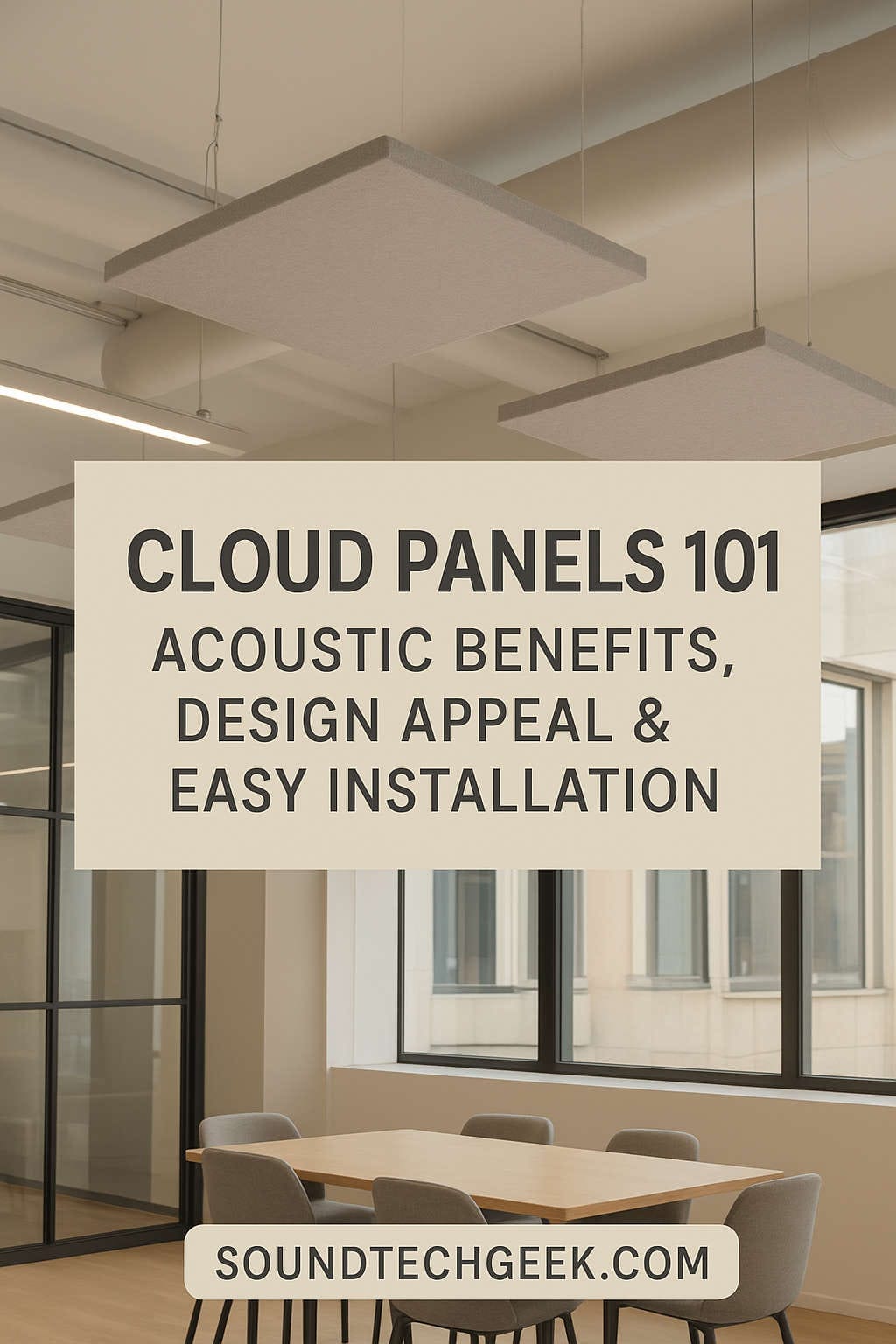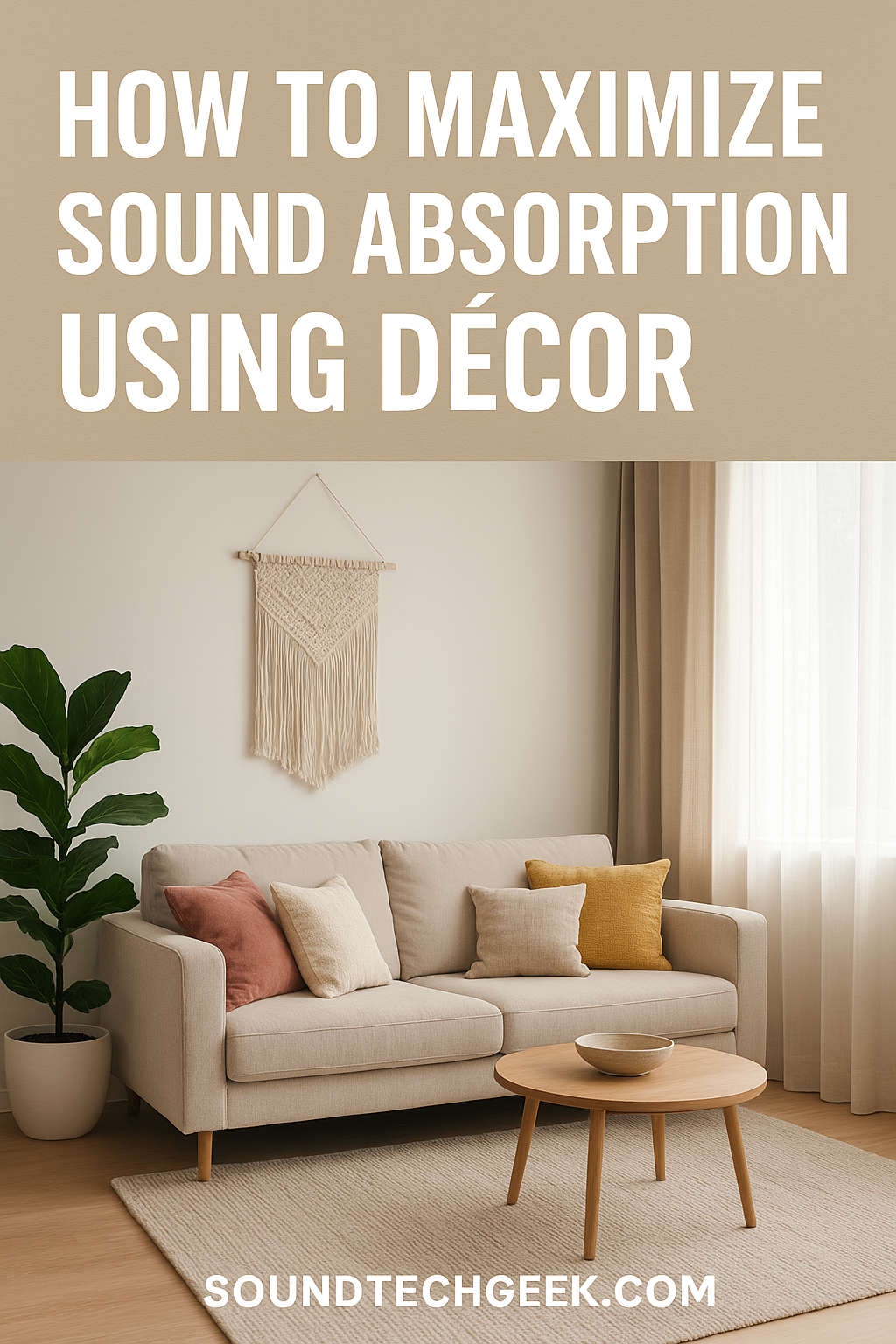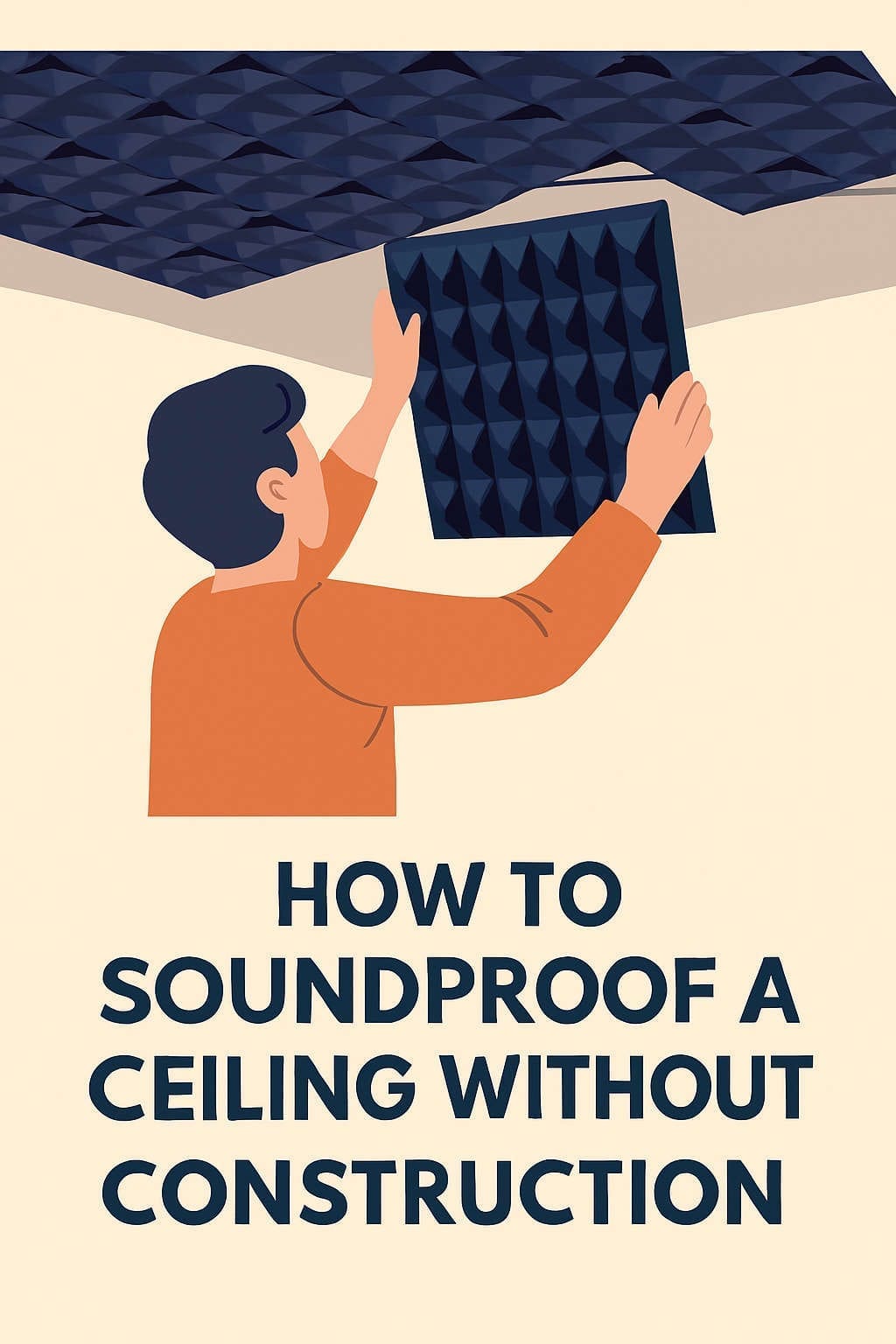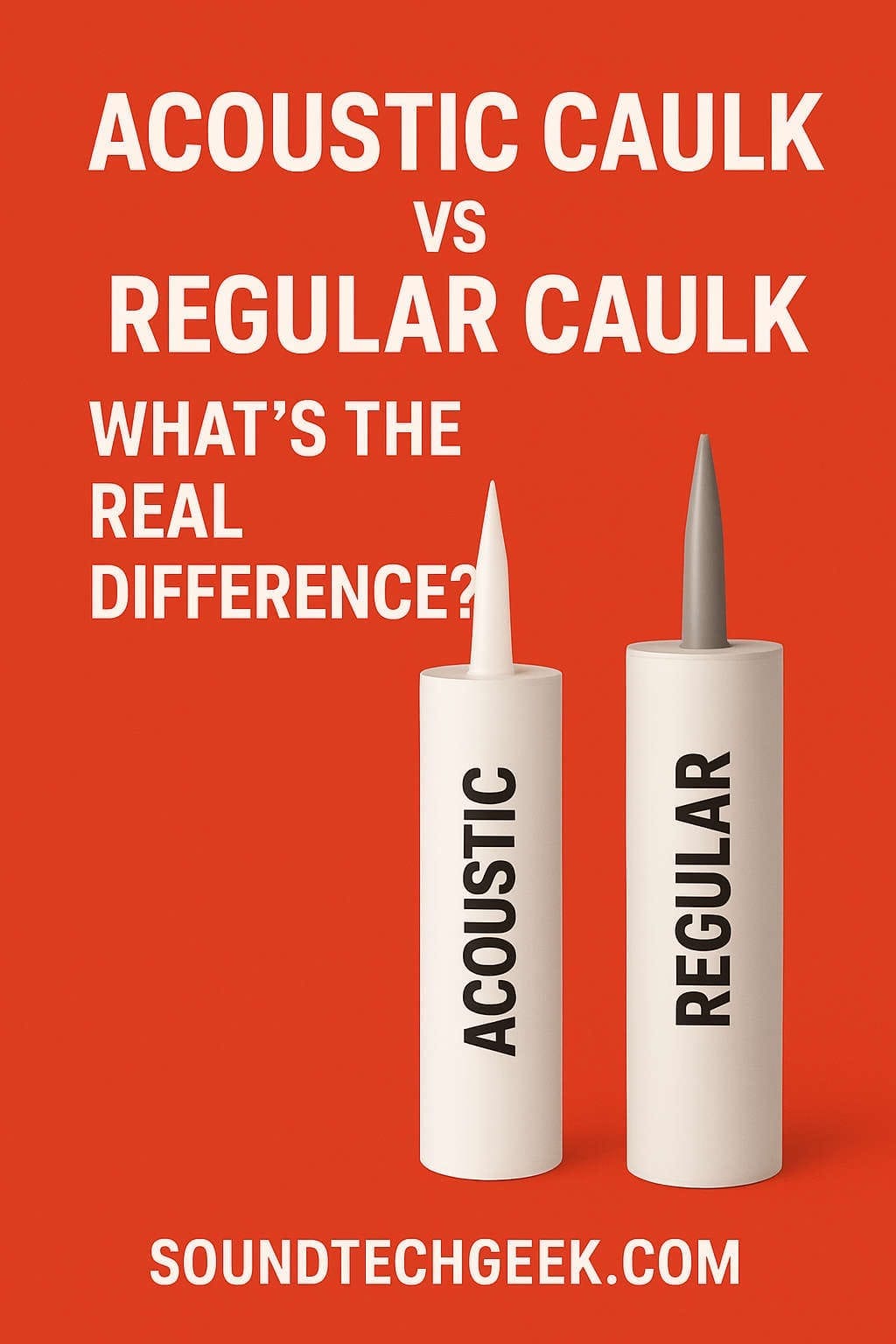Walk into a modern restaurant, a busy office, or even a home theater, and you’ll notice something subtle but important—the way sound fills the room. In some spaces, conversations feel clear and comfortable, while in others, noise bounces around until it becomes overwhelming. The difference often lies not in the furniture or décor, but in the acoustic treatment of the room. One of the most effective and visually appealing ways to control sound is through the use of cloud panels.
Cloud panels, sometimes referred to as acoustic clouds, have become a staple in both commercial and residential design. They don’t just manage noise; they also bring a sense of modern elegance to ceilings, making them as much a design feature as they are a functional tool. If you’ve been considering them but don’t quite understand how they work, this comprehensive guide will walk you through everything you need to know—their acoustic benefits, design possibilities, installation process, and long-term value.
Understanding Cloud Panels
At their core, cloud panels are sound-absorbing panels suspended from the ceiling. Unlike traditional wall panels, these float above the room, capturing sound reflections from multiple directions. This unique placement makes them especially effective in spaces with tall ceilings where echoes often become unmanageable.
The panels are usually made with an absorbent core such as fiberglass or mineral wool, which is then wrapped in fabric or finished with a decorative layer. Depending on the design, they may be rectangular, circular, or even curved to complement the overall style of the space. From a distance, they appear like modern ceiling décor, but their real purpose is to tame sound reflections and create a more balanced acoustic environment.
Why Acoustics Matter More Than You Think
It’s easy to underestimate the role acoustics play in our daily lives. We tend to notice poor acoustics only when they interfere with communication or comfort. Picture a restaurant where you need to raise your voice just to be heard, or an office where constant noise makes it hard to focus. Poor acoustics affect not just the clarity of sound but also how people feel in a space.
Sound travels in waves. When those waves hit hard surfaces such as ceilings, walls, or glass windows, they bounce back. In small amounts, this reflection isn’t problematic, but in larger or more open spaces, the buildup leads to excessive reverberation. The result is muddled speech, distorted music, and an overall noisy environment. Cloud panels address this by absorbing the energy of these reflections before they overwhelm the room.
For musicians, educators, and business owners, good acoustics aren’t a luxury—they’re a necessity. In fact, many studies show that excessive noise increases stress and reduces productivity. By installing cloud panels, you don’t just improve sound quality; you enhance comfort, concentration, and even customer satisfaction.
The Acoustic Benefits of Cloud Panels
The primary advantage of cloud panels lies in their ability to reduce reverberation time. When sound lingers in a room for too long, it creates a sense of echo and confusion. By absorbing mid-to-high frequency sounds, cloud panels create a cleaner listening environment. This has a ripple effect on several areas:
- Speech Clarity improves significantly, making conversations easier to follow in offices, classrooms, and restaurants.
- Music Quality becomes sharper and more defined, with fewer distortions from overlapping echoes.
- Listening Comfort increases because people no longer need to raise their voices or strain their ears to hear clearly.
- Noise Levels drop overall, creating calmer, more welcoming spaces for both employees and customers.
Perhaps one of the most overlooked benefits is the way cloud panels contribute to well-being. Excessive background noise has been linked to fatigue, irritability, and reduced concentration. By softening the soundscape, cloud panels help foster environments where people can relax, work, or learn more effectively.
Aesthetic Value: Function Meets Design
While their acoustic properties are vital, cloud panels also have a strong visual impact. Traditional acoustic solutions like foam tiles often look purely functional, but cloud panels can double as a design feature.
In restaurants, circular panels arranged in clusters resemble hanging art pieces. In corporate offices, sleek rectangular clouds suspended in straight lines add a sense of order and sophistication. For creative spaces, designers often experiment with angled or layered installations that bring depth and dimension to ceilings.
The variety of materials and finishes available makes it easy to tailor panels to any environment. Whether you prefer bold colors to reflect your brand identity or neutral tones to blend seamlessly with your décor, cloud panels offer flexibility without sacrificing performance. They give architects and interior designers a tool that balances aesthetics with acoustics—something few other treatments can achieve.
Where Cloud Panels Work Best
Although cloud panels can enhance virtually any environment, they shine in certain applications. In restaurants and cafés, they solve one of the most common complaints—excessive noise. By reducing the clamor of overlapping conversations, they allow diners to enjoy meals without shouting across the table.
In offices, particularly open-plan designs, cloud panels cut down on background chatter and make collaborative spaces more productive. Employees can focus better when distractions are minimized, and meetings flow more smoothly when speech clarity is improved.
Recording studios and performance halls also benefit greatly, as cloud panels help musicians and sound engineers achieve more accurate sound reproduction. Even home theaters gain a cinematic edge when echoes are under control, making movies more immersive and dialogue more distinct.
Healthcare environments are another area where cloud panels prove valuable. Hospitals and clinics can be stressful, and noise only adds to patient discomfort. By creating quieter waiting rooms and consultation spaces, cloud panels contribute to a more calming atmosphere.
The Materials That Make Cloud Panels Effective
The effectiveness of a cloud panel depends largely on its construction. High-quality options often feature fiberglass or mineral wool cores, both known for their superior sound absorption. These materials are lightweight yet dense enough to capture sound waves effectively.
Some budget-friendly models use acoustic foam, which still absorbs sound but may not last as long as fiberglass-based designs. For spaces where aesthetics are just as important as performance, fabric-wrapped panels provide endless customization options. The fabric not only enhances the appearance but also protects the core material from dust and wear.
Fire safety is another crucial factor. Many commercial-grade panels are designed to meet fire-resistant standards, which makes them suitable for public spaces like schools and offices. When selecting cloud panels, always review the manufacturer’s specifications to ensure they meet both acoustic and safety requirements.
How to Install Cloud Panels
One of the biggest advantages of cloud panels is their straightforward installation process. Unlike heavy construction projects, most panels can be mounted with just a few basic tools. The process typically begins with planning—identifying the areas where sound reflections are strongest. These are usually the center of the room and directly above seating or work areas.
Once the layout is mapped out, suspension hardware such as cables or rods is attached to the ceiling. Panels are then hung at the desired height, usually a few inches to several feet below the ceiling. Adjusting the angle or spacing of the panels can further enhance their effectiveness, allowing them to catch sound waves from multiple directions.
For those comfortable with DIY projects, installing a few panels in a home or small office is quite manageable. However, in larger spaces like auditoriums or restaurants, professional installation ensures not only safety but also optimal placement for maximum performance.
Tips for Achieving the Best Results
While hanging panels may seem simple, getting the best results requires a little strategy. Leaving small gaps between panels, for example, increases the total surface area exposed to sound waves, improving overall absorption. Adjusting the height can also make a difference—panels closer to ear level absorb more conversational noise, while higher placements target general reverberation.
It’s also wise to combine ceiling panels with other acoustic treatments such as wall panels, carpets, or curtains. This layered approach ensures that sound reflections are managed from all angles, creating a more balanced environment. In some cases, even a modest installation of cloud panels can transform a noisy space into one that feels calm and inviting.
Costs and Long-Term Value
The cost of cloud panels varies widely depending on size, material, and customization. Standard panels are relatively affordable, while custom designs with premium fabrics or unique shapes come at a higher price. Installation adds to the cost if you hire professionals, but in most cases, the long-term benefits justify the investment.
Think of it this way: cloud panels are not just decorative items; they are long-term improvements to comfort, communication, and productivity. In restaurants, they can encourage customers to stay longer and return more often. In offices, they can improve employee focus and reduce stress. In performance spaces, they can enhance audience experiences. These indirect returns often outweigh the upfront expense.
Maintenance and Care
Another reason cloud panels are a smart choice is their low maintenance. A quick dusting with a vacuum brush attachment every few months keeps them looking fresh. If they are fabric-wrapped, spot cleaning with mild detergent handles most stains. Checking suspension hardware periodically ensures safety, especially in high-traffic areas. With proper care, cloud panels can last more than a decade, continuing to perform without significant decline.
Dispelling Common Misconceptions
It’s worth addressing a few misconceptions about cloud panels. Some people assume they are useful only in recording studios, but in reality, they benefit any space where noise and echoes create problems. Others think cloud panels block sound from entering or leaving a room, which isn’t accurate. They absorb sound inside the space but don’t provide soundproofing.
Another myth is that they make rooms unnaturally quiet. Properly installed panels don’t remove sound; they balance it. Instead of a sterile silence, you get a comfortable, natural sound environment. Finally, some worry that installation is complex, but with modern suspension kits, most installations are surprisingly straightforward.
Frequently Asked Questions
How many panels do I need?
This depends on room size and purpose, but covering around 20 to 30 percent of the ceiling is effective for most applications.
Can I install them on sloped ceilings?
Yes, suspension hardware allows flexibility for angled ceilings, making cloud panels versatile for many designs.
Do they replace wall panels?
Not necessarily. While cloud panels can work independently, combining them with wall treatments creates the best results.
Are they safe in public spaces?
Most commercial-grade panels meet fire safety standards, but always confirm specifications before purchase.
Can I customize their appearance?
Yes, many manufacturers offer custom fabrics, shapes, and colors to match your interior design.
Final Thoughts
Cloud panels may look like sleek pieces of décor, but their impact runs deeper. They transform the way sound behaves in a room, creating clarity, comfort, and calm in spaces where noise once dominated. From restaurants to offices, studios to homes, their versatility makes them one of the most valuable acoustic solutions available today.
Beyond their technical benefits, cloud panels offer something equally important—a sense of balance. They allow people to enjoy conversations without shouting, to work without constant distraction, and to experience music and movies as they were meant to be heard. For anyone serious about improving both the sound and feel of their environment, looking up to cloud panels is a smart place to start.
You might also like,
- DIY Interlocking Floor Mats: Pros, Cons, Best Uses & Top Picks
- How to Build a DIY Acoustic Wall on a Budget – Step-by-Step Guide
- Best Rug Pads for Soundproofing Floors (2025 Guide to Quieter Living)
- How to Maximize Sound Absorption with Décor: Create Quieter, Cozier Spaces
- Smart Layout Tips to Reduce Noise in Small Spaces | Practical Soundproofing Ideas






